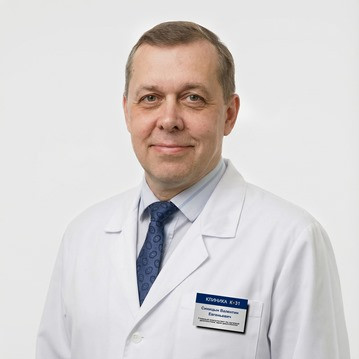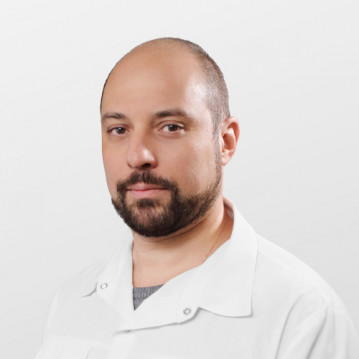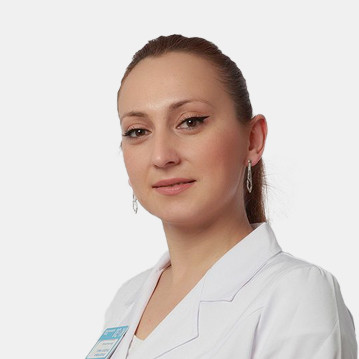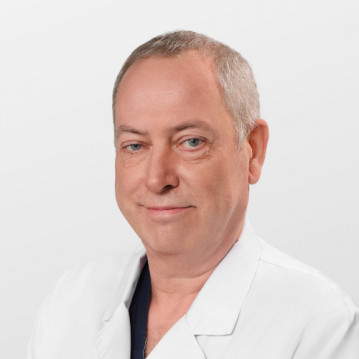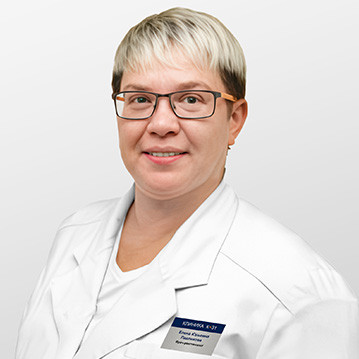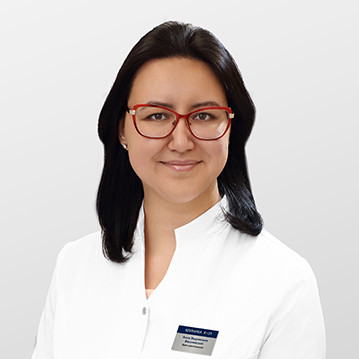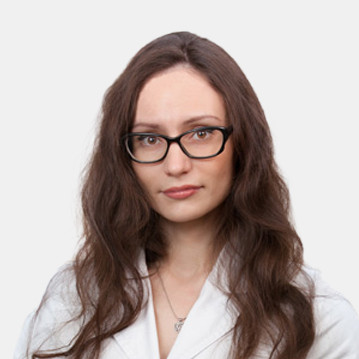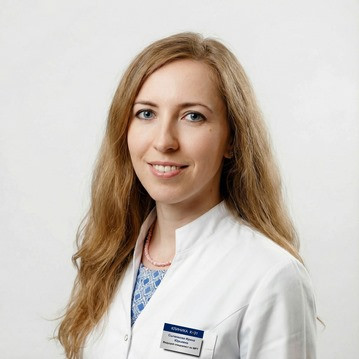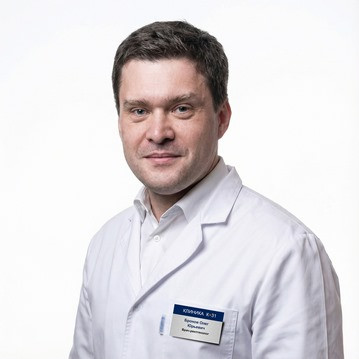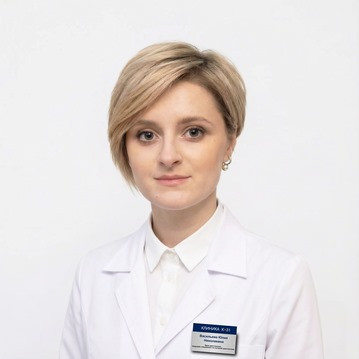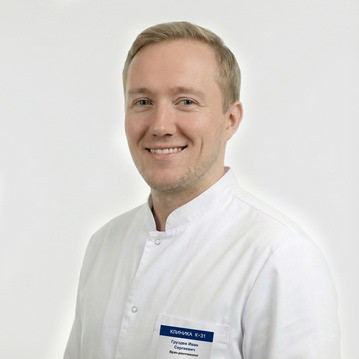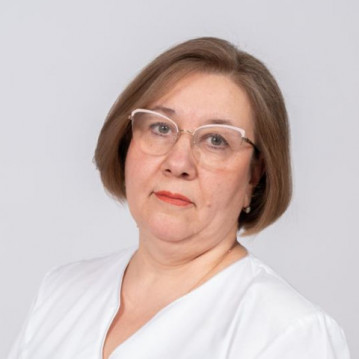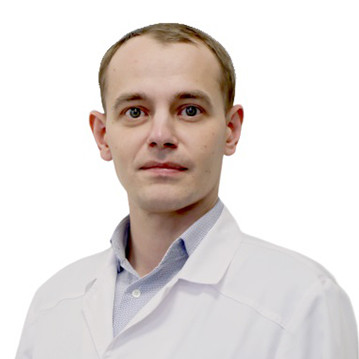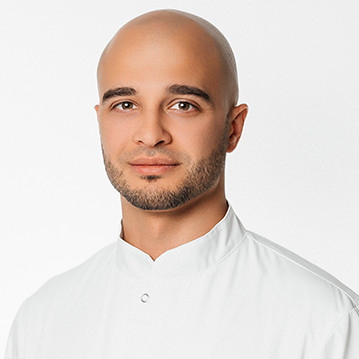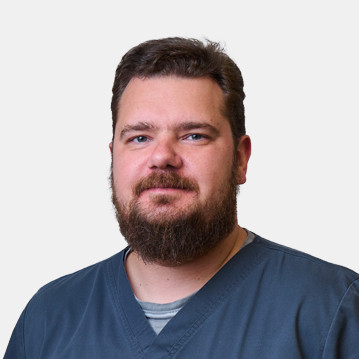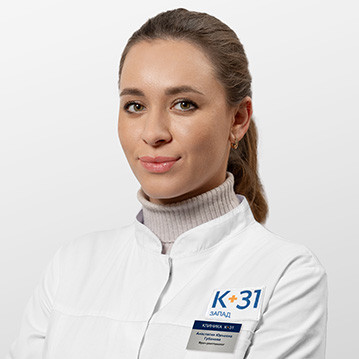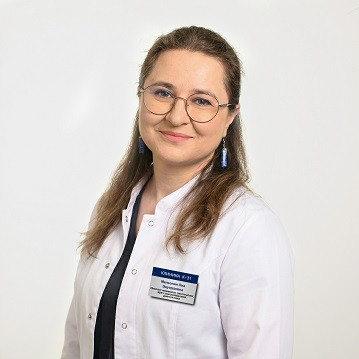The coccyx is a bone organ to which the muscles of the buttocks, pelvic floor and anus are attached. It consists of fused fixed vertebrae, ensures the normal functioning of the pelvis and hip joints. That is why, if pain, discomfort or disruption of the coccygeal bone occurs, doctors recommend undergoing a comprehensive diagnosis.
A mandatory component of a correct study is magnetic resonance imaging - a method of obtaining tomographic medical images for studying internal organs and tissues. This high-precision technology is needed to obtain detailed images of the tissues and organs of the body. You can undergo an examination in Moscow using modern high-precision tomography equipment at the "K+31" medical center.
What does an MRI of the coccyx show
With the help of diagnostics, a specialist can study the structures of bone and spinal tissues, identify pathologies of the pelvic organs.
MRI of the lumbosacral spine and coccyx allows you to diagnose:
- Cysts and hemangiomas.
- Injuries (bruises, cracks, fractures).
- Metastases.
- Pathologies of vessels.
- Disturbances in the development of the sacrococcygeal region.
- Inflammation of the spinal cord and bone tissue.
- Sepsis.
- Ankylosing spondylitis.
What can an MRI of the coccyx and sacrum show with contrast? The study makes it possible to identify neoplasms in this area, both benign and malignant.
Indications for MRI of the coccyx
Pain in the sacrum is most often the reason why a specialist issues a referral to a patient for an MRI. Pain may indicate inflammation or injury. Therefore, it is important to seek medical help in a timely manner.
In addition to pain, indications for MRI diagnostics can be:
- Discomfort and discomfort in the buttocks.
- Motor function disorders.
- Desensitization or numbness in the legs.
- Swelling and redness in the buttocks and lower back.
- Injuries to the vertebrae.
- Suspicion of tumors or cysts.
- Fistulas in the coccyx area.
- The need to check the condition of the ligaments and muscles.
As part of a comprehensive examination, it is recommended to undergo an MRI of the coccyx annually. This is important because the symptoms of diseases most often appear only in the later stages, which makes treatment difficult.
Contraindications for MRI of the coccyx
The procedure is not performed on patients who have a pacemaker or implant, as well as any metal device that can be affected by a magnetic field.
Before the procedure, you should inform the doctor about the existing tattoos. In some cases, dyes with metals are used for tattoos, which can cause discomfort during the session. MRI is not prescribed during pregnancy.
Sometimes there may be an allergy to the components that make up the preparation with contrast. Therefore, in the case when MRI diagnostics for a patient is performed for the first time, it is recommended to seek advice from an allergist.
